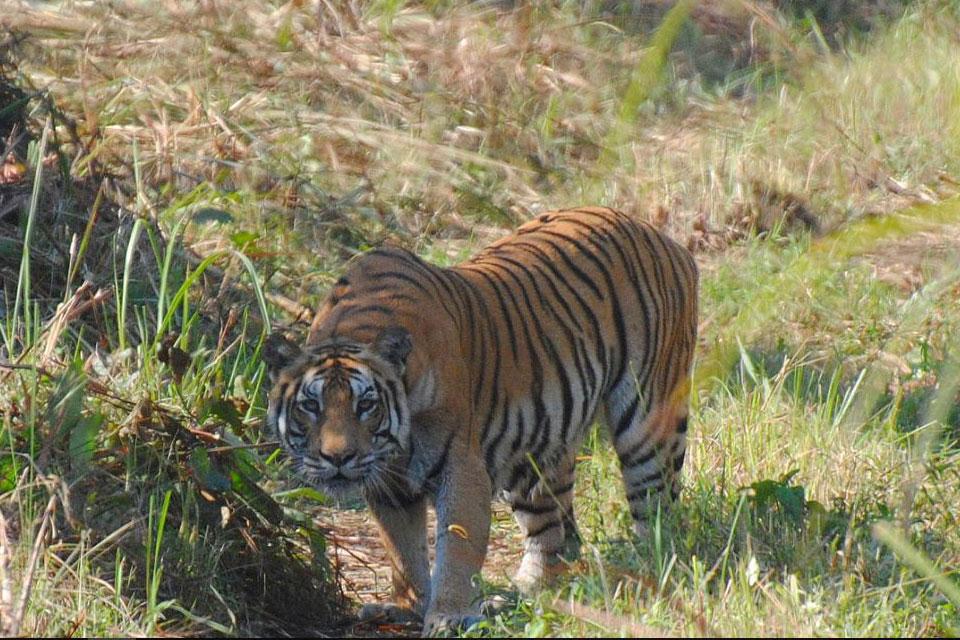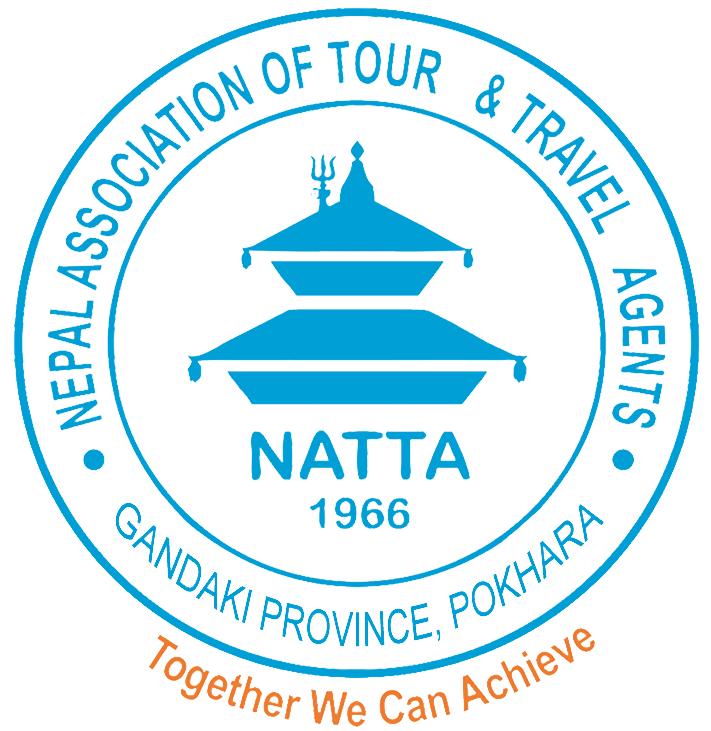BARDIA NATIONAL PARK
When we talk about Jungle Safari in Nepal, one of the places that click into our mind is Bardia National Park. Bardia National Park has become a center of attraction for the animals and birds lovers. It was established with the aim to protect the amazing nature mixture of sal and riverine forest, savannah, grassland, and the unique species and the mainly preserved Bengal tiger. A huge number of deer species is also found here like Swamp Deer, reddish-colored Barking Deer (the park’s smallest Deer), Barasingha, Hog Deer, Chital or Spotted Deer, Sambhar, the largest Deer with a thick antler and shaggy coat. Large mammals like wild boar, gaur, sloth bear, blue bull or nilgai, shaggy black bear, the largest Antelope with Serow and Goral, two goat-antelope members, Himalayan thar are also found in the Bardia National Park. Small mammals like Rhesus macaque, jackal, Langur monkey, yellow-throated marten, Indian otter are also present in this national park.
Bardia National Park also houses 3 different species of cats (fishing, jungle, and leopard), mongoose, and Indian otter. The giant crocodiles share the Babai, Girwa and Karnali rivers with the Gangetic Dolphins. They are the fish-eating gharial with its long thin snout and the blunt-snouted marsh mugger. The great mahseer, weighing up to 90 lbs, an anglers prize catch is also found here. The Bardia National Park is also well-known as the habitat for the wild Asian elephant and the one-horned Rhinoceros. The Bengal florican and Sarus Crane including about 400 species of birds are protected here in Bardia National Park. The Passionate lovers of birds and those who love bird-watching can visit the Bardia National Park during November or usually from February to April as, during this time, migration of birds is active. Bardia National Park is always protective of endangered animals and birds.
Bardia National Park, located in the eastern part of Nepal, is expanded over an area of 968 sq.km. of lowland Terai. It is demarcated by the Foot of Siwalik Hills in the northern side, the Nepalgunj-Surkhet highway partly in the southern side, human settlements of indigenous Tharus on the western part, and Babai river in the southeast. The Tharus are independent and do a living from fishing and farming. The houses are built with reed and bamboo, covered by layers of dung and mud. Beautiful amazing paintings can be seen on the outer walls of each house in these Tharu villages, especially carving of deer and peacocks. The Tharus are very authentic and rich in culture and traditions; hence it feels like time has taken a pause here. Shifting cultivation has been practiced by planting rice, corn, lentils, mustard, etc. The fascinating Bardia National Park is a must to visit during travel to Nepal. Step On Himalaya is always ready for the arrangement for a visit to Bardia National Park.
View More












